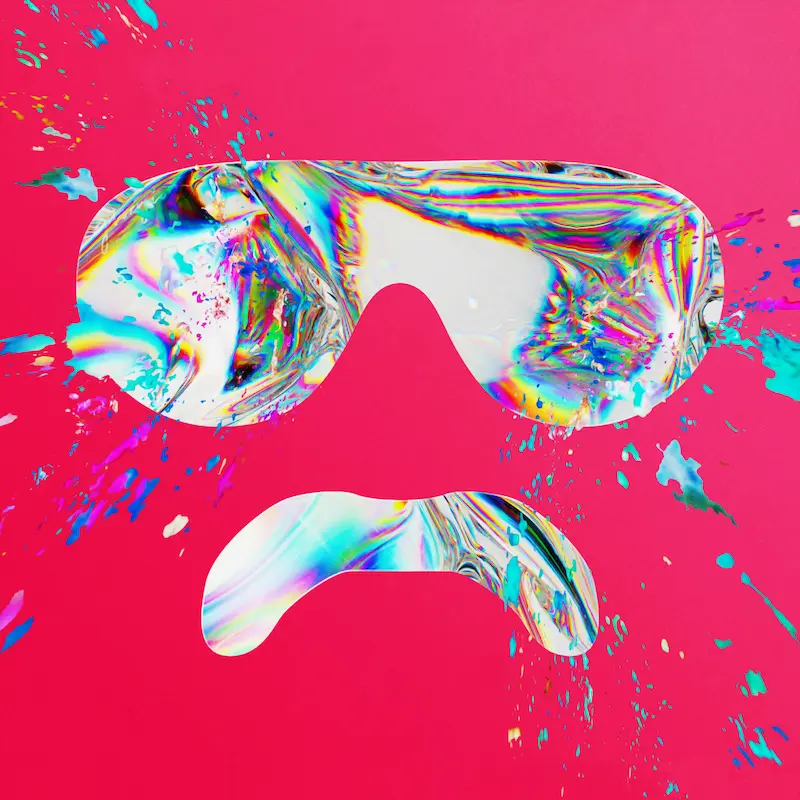Giorgio Moroder. The history of the EDM Grandfather

“My name is Giovanni Giorgio. But everybody calls me Giorgio.” Boom! And now all the young people know about
Giorgio Moroder—the father of modern electronics. “It’s better than being called the grandfather,” grumblesthe 80-year-old Moroder. “But I still don’t like it.” However, he kept this title for the Soundcloudpage :-)
In the track that brought the pioneer of artificial music back to the forefront, the musician said that he found his vocation at the age of 15, but then it seemed like an impossible dream. Moroder lived in a tiny Italian village of five thousand people and idolised music from Europe and the US: he knew every song by the Beatles and Elvis. Giovanni put together a band and together they travelled around half the continent, singing the overseas rock and roll. “But later I realised that I didn’t just want to play, I wanted to compose music.” After dropping out of school, he turned to the bass. “Now I may have a little bit of a chance.” After playing at German discos, at the age of 18 he got an offer to work as a sound engineer in a Berlin studio. “How can you refuse this?” Moroder asks.



